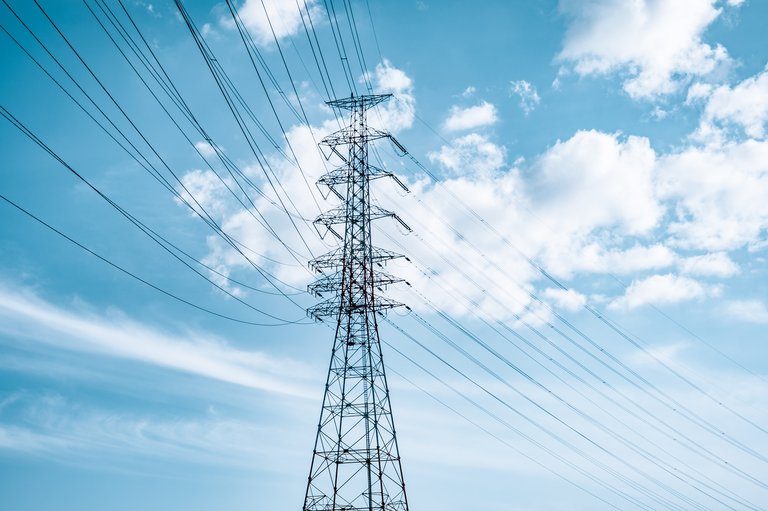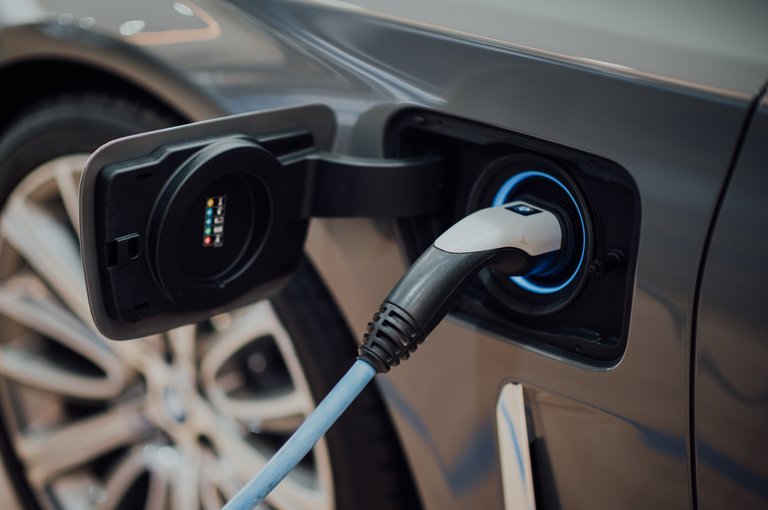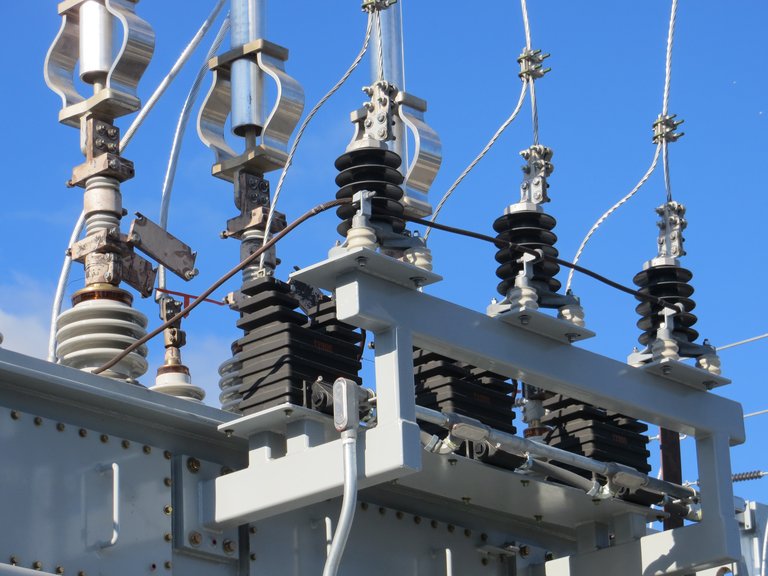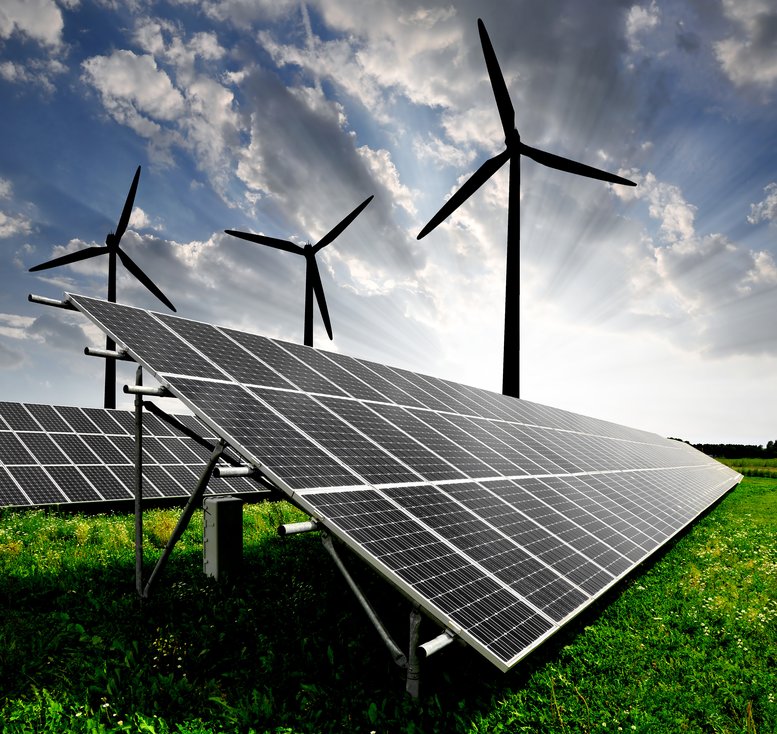The large-scale transition from fossil to renewable energy sources has major implications for the electricity grid. On the supply side, greater fluctuations arise, for example in solar and wind energy. Moreover, supply is becoming less dependent on a few large energy suppliers and more decentralised. Individuals are increasingly becoming energy producers themselves by generating power through their own solar panels and feeding it back to the grid. Moreover, sources of alternative energy, such as offshore wind farms, are often far from industrial centres. Therefore, new high-voltage grids are needed, even twice as much between now and 2050.
On the demand side, the need for electricity will increase significantly, for example as transport and home heating become more and more electric, and as gas is replaced by electricity in industry.
Probability of blackouts
What should the future electricity network look like to cope with all these challenges? To answer that question, CWI is conducting different types of fundamental research in the area of mathematics and computer science, in order to contribute to challenges in the electricity network.
For instance, CWI mathematician and professor at TU Eindhoven Bert Zwart is investigating the probability of power outages in the electricity network. Such 'blackouts' range from local to national and even international. Zwart discovered in 2020 that the probability of power outages is determined more by the distribution in the size of cities than by the details of power grids. With a better understanding of the causes of blackouts, engineers can design more robust power grids.




